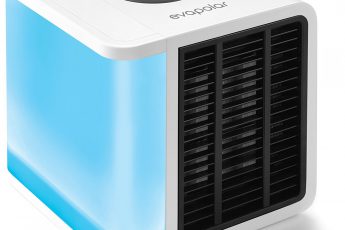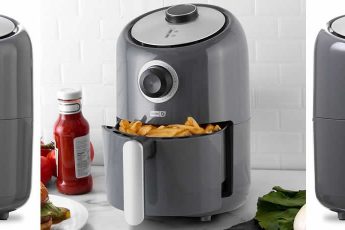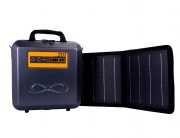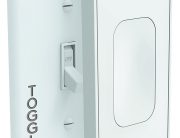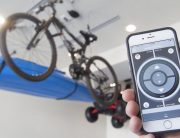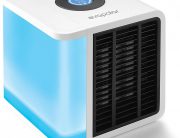Sous vide might be this generation’s slow-cooking, and Anova wants to be Crock-Pot. To that end, the brand’s latest immersion circulator promises an even better design than the original , new features like Bluetooth connectivity, and a lower price point, too — just $179, or $229 for a 220V version that’ll work outside of the US (converted roughly, that’s about £150, or AU$295).
That last bit about the lower price is really the key factor here, as the sous vide space is starting to get crowded. Aside from rival startups like Nomiku , water baths like Caso and SousVide Supreme , and likable novelties from brands like Dorkfood , big players like GE are getting in the game, too, with sous vide attachments for high-end stovetops and even an induction-powered sous vide cooker called the Paragon . The sous vide secret is clearly out, and Anova is smart to position itself as one of the most affordable options of the bunch.
It’s also still one of the best sous vide purchases you can make. The build improvements over the original are incremental at best, and I’m not convinced that the Bluetooth smarts are all that compelling, but at the end of the day, Anova didn’t do anything to mess up what was already a very good immersion circulator — and buying in now is as cheap as it’s ever been. If you’re looking specifically for a smart cooker, hold out for one with Wi-Fi (both Anova and Nomiku have them coming), but if you’re just looking to bring sous vide into your kitchen, the Anova Precision Cooker is your best starting point.
More with less
If you aren’t familiar with sous vide, it’s a cooking method that suspends vacuum sealed ingredients into a water bath that’s held to a precise temperature. The food gradually gets brought up to the exact desired temperature, with no risk of overcooking.
Sous vide has long been used by professional chefs and high-end restaurants, and full-size water bath units typically cost hundreds and hundreds of dollars, at very least. That’s why foodies have been geeking out so hard over products like the Anova, which finally bring sous vide cooking within reach.
Like the original Anova One, the Anova Precision Cooker clamps onto the side of your stock pot, suspending its stainless-steel bottom half (and the heating coil, circulator fan, and laboratory-grade thermometer housed within) down into the water. The heating coil heats the water to your desired temperature, then cycles on and off using the thermometer’s input to hold steady at that temperature. Meanwhile, the fan circulates the water to held keep everything even.
On the first-generation Anova, you’d input the temperature on a color touchscreen. There’s no such touchscreen on the Anova Precision Cooker — instead, you’ll set the temperature by scrolling a rubber wheel. Unlike the original Anova, which you could set to a tenth of a degree in Celsius mode, but only whole degrees in Fahrenheit mode, the new Anova splits the difference and dials up and down in half-degree increments in both modes.
Another subtle improvement is the way the thing clamps onto your pot. Like before, you’ll turn a screw to get things nice and tight, but with the new Anova, there’s a second screw, too. Loosen it, and you’ll be able to rotate the device, or slide it up and down through the clamp. That gives you greater flexibility with regard to the kinds of pots you’ll be able to use it with.
Aside from those changes, this is largely the same device as before. Like the Anova One, it looks clean and modern. Cooking with it didn’t feel much different than cooking with the original, and the food came out just as well-cooked, too. The important thing is that Anova was able to add slight build improvements while also bringing production costs down. As the brand’s new baseline cooker, it’s pretty tough to find much fault with it.
An advantage with that approach is that you can cook using things other than water. Fill your pot with oil, for instance, and you can use that thermometer for automated precision deep frying. You can’t do that with the Precision Cooker, or with any other immersion circulator.



